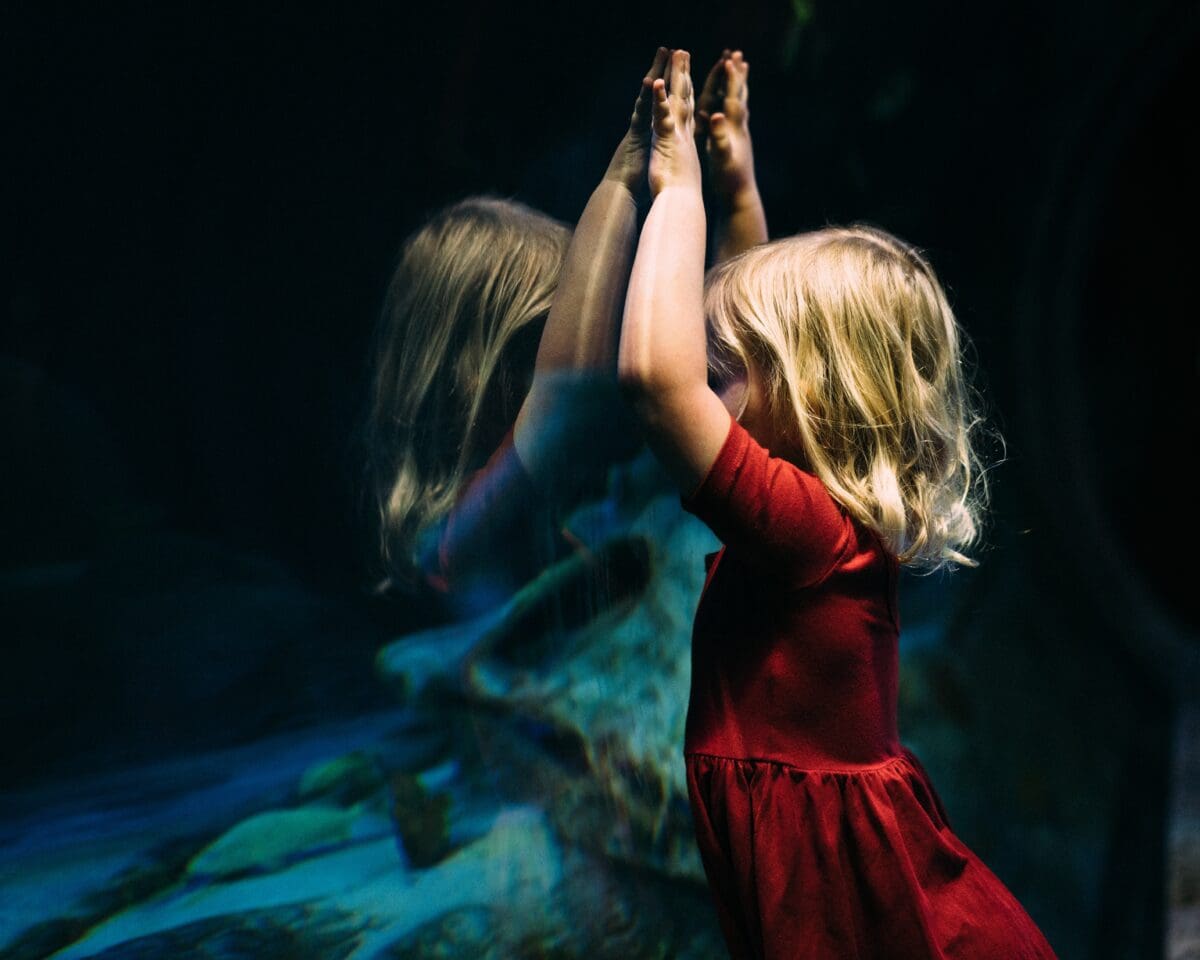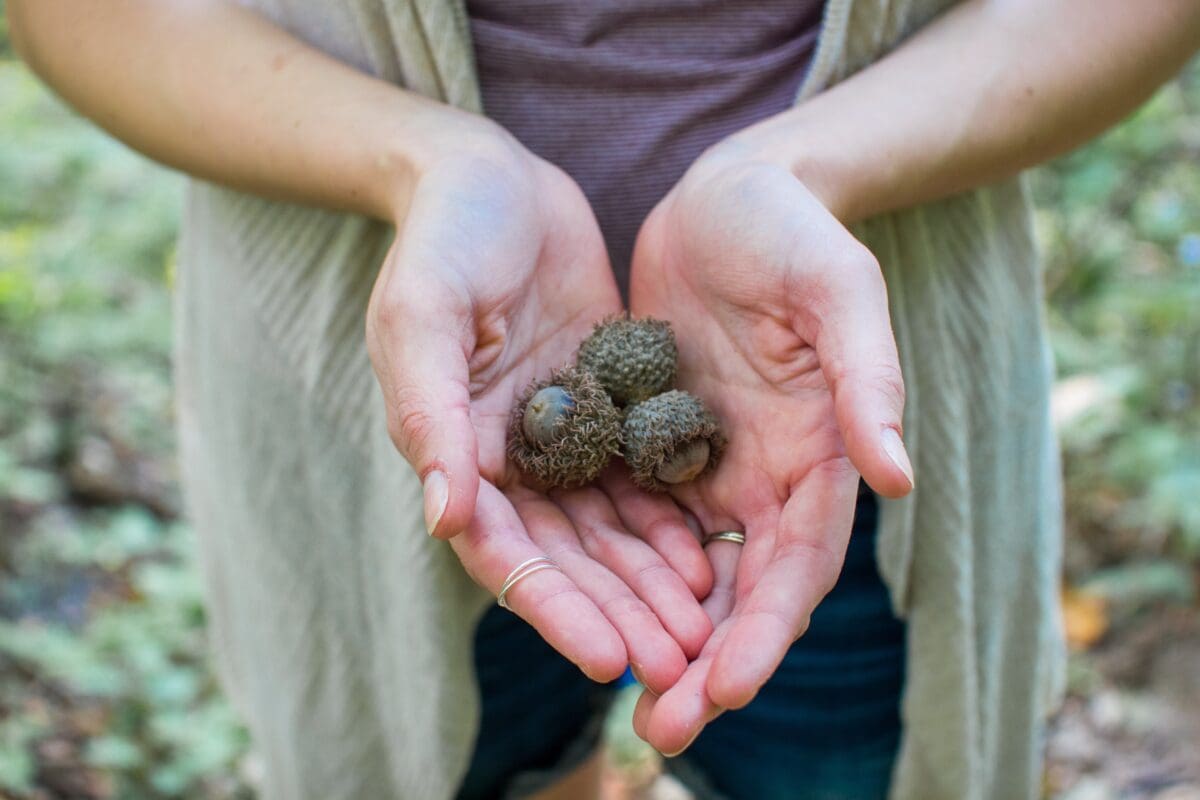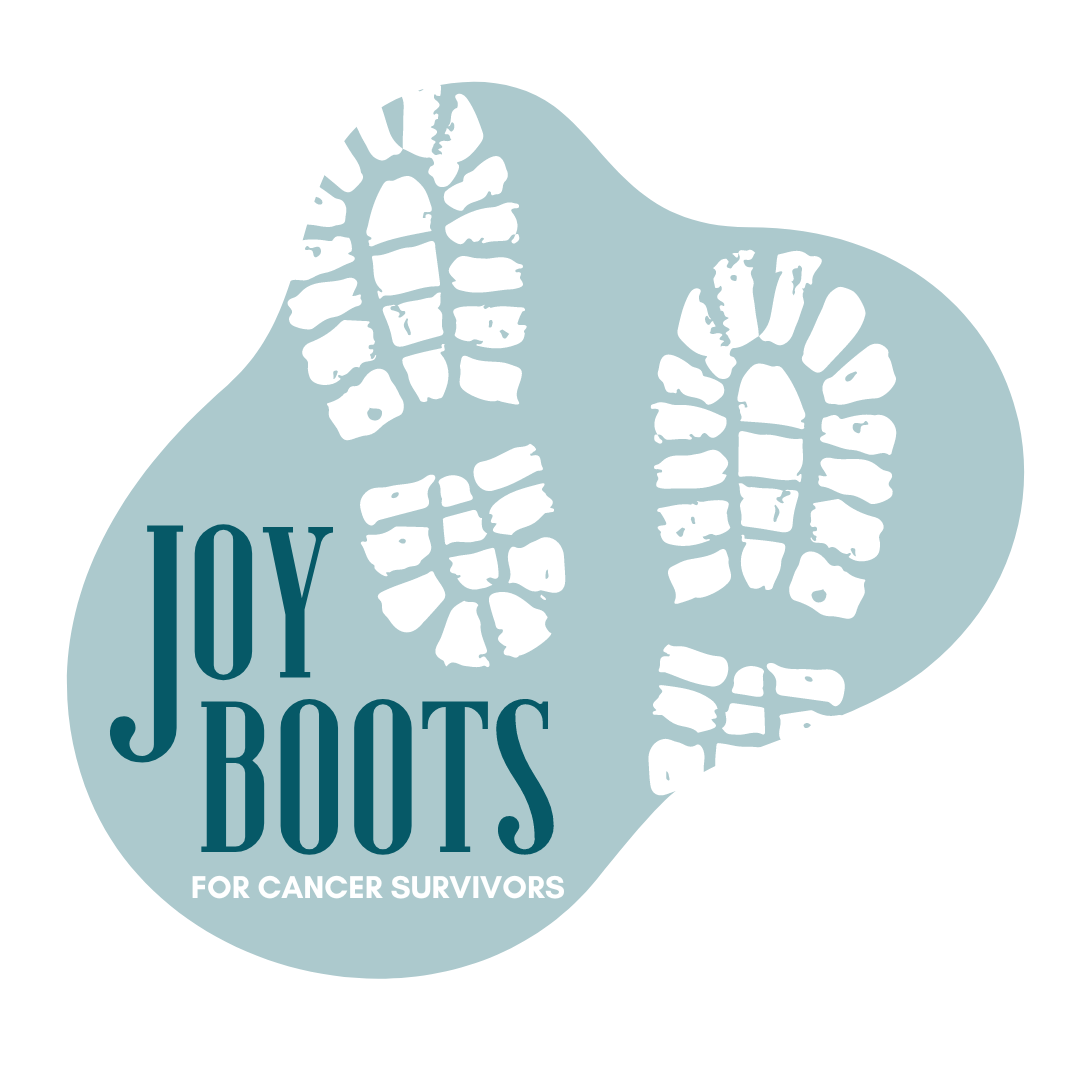When I was in the middle of chemo, I looked in the mirror with great curiosity. Sometimes shocked. Sometimes incredulous.
“This is me?”
No hair, no eyebrows, deep pain and fatigue. But also beauty, depth, surviving against the odds, making it through each day even when there was fear or suffering.
I hadn’t spent much time in front of the mirror before, barely wearing makeup, and not interested in the latest fashions. But now I did.
And I could see my soul.
I had no outer defenses. Sometimes I would cry at how changed I was on the outside. Deep lines had appeared out of nowhere and there were dark circles under my eyes.
But I also felt great empathy and love for this Self I was looking at. How amazing her life experience was and how hard she was trying.
————————————————————————————————————————————
You go through cancer alone.
Even if you have supportive community around you, which I did, there are still many moments that you feel profound aloneness. Everyone else’s life is going on around you. But you are going through uncertainty, procedures, tests, waiting for results, blood draws, infusions, surgery, radiation, medications, hiding your fear and fatigue so you can still participate in parts of your life.
After treatment, when the “emergency” is over for everyone else, you move forward with side effects, both physical and emotional.
And if you are in ongoing treatment? My understanding is that your aloneness can become a companion.
You feel most alone when you feel marginalized. When you are trying to hide your anger, feelings of loss at “what was,” and fear of death, so as not to make others feel uncomfortable.
In my online Winter Sanctuary Series session, I shared that when trauma occurs, you feel fragmented.
Fragmentation happens when feelings get pushed aside in favor of survival. Parts of your experience are forgotten, the changes in your body create unfamiliar and unwelcome sensations. Your identity shifts as well as your sense of who you are.
As uncomfortable as it is, fragmentation is a normal response to a traumatic, life threatening experience.
The problem is that you don’t always re-integrate.
And Integration = Healing
What does “integrated” feel like?
Settled. You have access to your emotions (i.e.you don’t feel numb). You are more in charge of how you act and react. You can talk about your experience in a coherent way.
What creates a feeling of integration?
Feeling truly seen, heard and witnessed by a caring other person is one way. Personal reflection through meditation is another. Both of these invite “the witness.” When you include others, they are your witness. When you are meditating and/or being the observer of your own experience, you are your own witness.
A feeling of compassion, either from another human or from yourself, are key ingredients of Integration.
This may be controversial, but I would submit that you cannot truly recover emotionally and feel whole and integrated UNLESS you are seen and heard and feel cared about and understood.
You can survive, yes. But we are social creatures and to really thrive, you need people and places to be yourself and connect more deeply.
Who is this new person you are becoming? How will you integrate the different parts of yourself? Where can you open and be witnessed in your pain and joy, change and growth?





